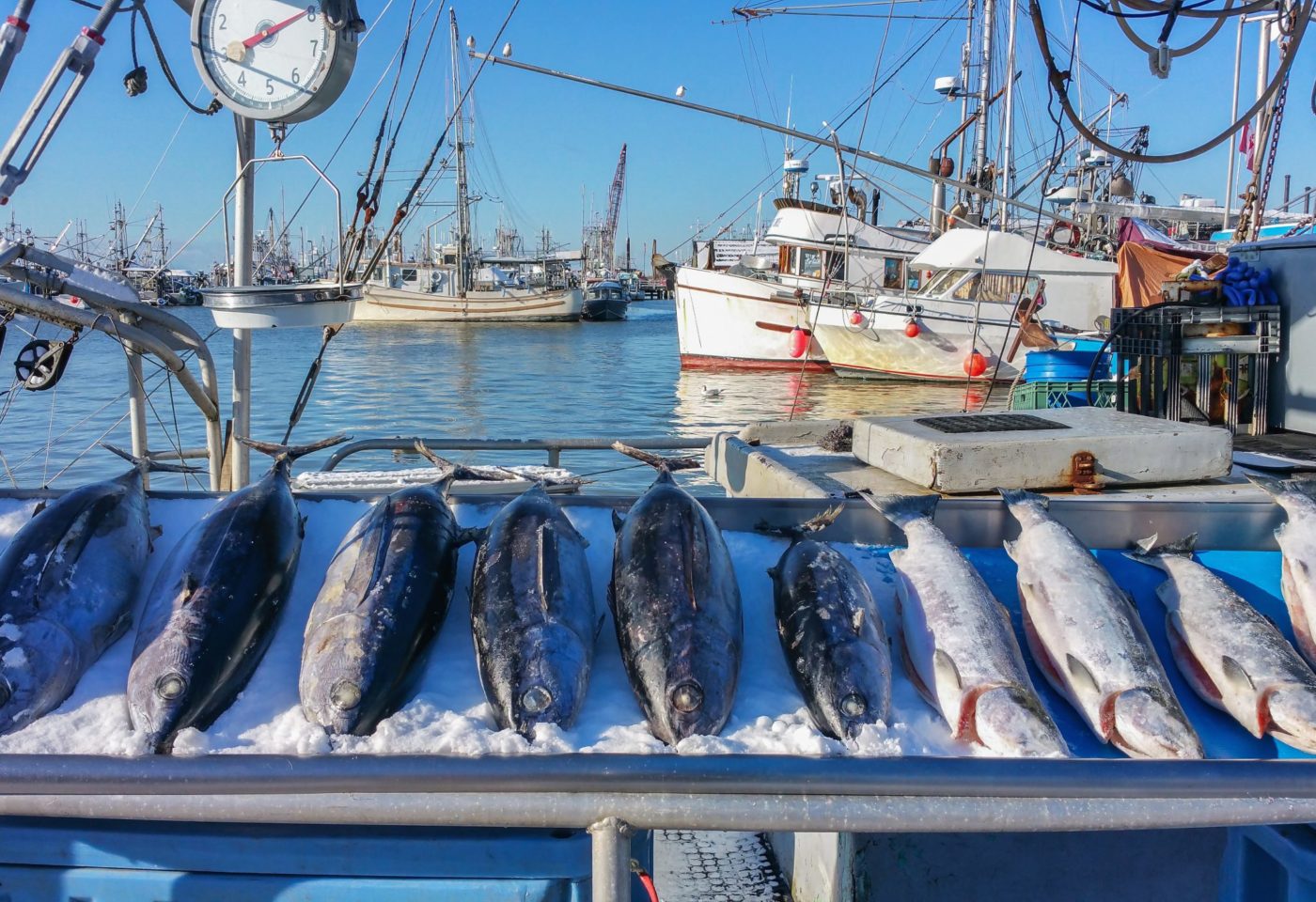The ink is drying on Canada’s newest trade deal, signed Monday with Ukraine.
After five years of negotiations, the Canada-Ukraine Free Trade Agreement (CUFTA) covers the exchange of goods, but not trade in services or investment.
Completion of the deal is a great step for Ukraine, as it works to forge stronger ties with the western world. It will give western Canada a boost, too. Last year, more than 75 per cent of Canadian exports to Ukraine were from the West. The majority (70 per cent) came from British Columbia.
While exports to Ukraine from the Prairie provinces have declined somewhat during the last decade, B.C.’s exports to that country skyrocketed in the last five years.
B.C.’s top exports to Ukraine are coal and fish. It is interesting that B.C. is competitive in the seafood sector, given Ukraine’s closer proximity to major European fish exporters, such as Norway, the Netherlands and Spain.
The majority of Alberta’s exports are base metals and pet food. Saskatchewan’s major export is agriculture machinery, followed by base metals, plastics and lentils. Manitoba’s top sellers are base metals and machinery.*
When the CUFTA comes into force (after both countries ratify the deal), Ukraine will immediately eliminate tariffs on 86 per cent of Canada’s exports. Tariffs to be immediately eliminated will cover goods that are a significant part of western Canada’s trade with Ukraine – fish and seafood (that currently face tariffs of up to 20 per cent), base metals, some agricultural products (including prairie grains and pulses, pork and beef, canola oil and fruit from B.C.) and machinery. Tariffs on forest products will be eliminated within five years. Remaining tariffs will be phased out within seven years.
Despite several years of political and economic instability, Ukraine is forecast to see minor economic growth in 2016. The Canadian government considers Ukraine to be a priority emerging market. There are opportunities for increased trade between western Canada and the Ukraine, particularly in oil and gas, fish and seafood, and agriculture.
A major economic goal of Ukraine is reducing its dependence on Russian energy. According to Global Affairs Canada, “Opportunity exists for exports of equipment (drilling) and services/technologies, especially horizontal onshore and offshore drilling, technologies for reviving exhausted fields, on-site laboratory services, and investment projects.”
Ukrainian’s demand for fish and seafood outstrips domestic supply. B.C.’s exports of fish to Ukraine have declined nearly 25 per cent since 2013. However, with demand in this sector expected to grow and tariffs soon to be reduced, B.C. exporters may want to give this market a closer look.
The main agriculture product export opportunities to Ukraine are beef, dairy, pork and poultry. Agricultural machinery – where Saskatchewan is already active – is another area of strong demand. While the agriculture sector is not immune from the effects of political tensions, it is typically less affected than other sectors, like oil and gas.
Beyond removing tariffs, the CUFTA also addresses non-tariff measures. These aim to ensure market gains don’t face unjustified trade barriers, trade facilitation commitments reduce red tape at the border and an agreement on trade cooperation to help both countries maximize the benefits of the deal.
Other areas covered by the agreement are:
• E-commerce (digital products bought electronically like music, movies and software)
• Intellectual Property (a framework for the protection and enforcement of IP rights)
• Environment obligations
• Labour provisions
• Government procurement
• Rules of origin
• Sanitary and phytosanitary measures
Opportunities for western Canada to make further inroads in the Ukrainian market come with the completion of the CUFTA. Western exporters can make preparations now, so they can take full advantage of the deal once it comes into force.
*Top product exports are based on the last three years of trade.
– Naomi Christensen is a policy analyst at the Canada West Foundation
